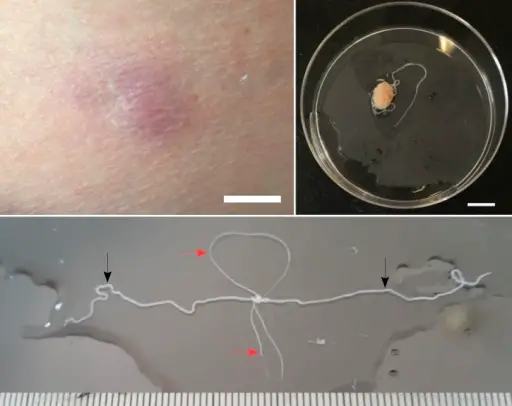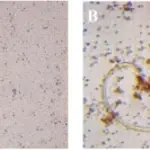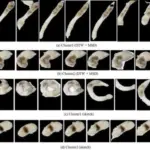Onchocerciasis Infection is an infection caused by the parasitic worm Onchocerca volvulus, spread by the bite of an infected Simulium blackfly.
What is the Pathology of Onchocerciasis Infection?
The pathology of onchocerciasis infection is:
-Etiology: The cause of onchocerciasis infection is parasitic worm Onchocerca volvulus.
-Genes involved: Not applicable.
-Pathogenesis: The sequence of events that lead to onchocerciasis infection involves many blackfly bites are needed before disease develops. Infective larvae inoculated into the skin during the bite of a blackfly develop into adult worms in 12 to 18 months. Adult female worms may live up to 15 years in subcutaneous nodules.
-Morphology: The morphology associated with onchocerciasis infection is unsheathed and measures 300-315 µm in length. The tail tapers to a point and is often sharply bent. The nuclei do not extend to the tip of the tail.
-Histology: The histology associated with onchocerciasis infection shows microfilariae concentrate in the papillary dermis with clusters of inflammatory cells surrounding vessels and adnexa.
How does Onchocerciasis Infection Present?
Patients with onchocerciasis infection typically are all genders of all ages. The symptoms, features, and clinical findings associated with onchocerciasis infection include disfiguring skin conditions, visual impairment, and itching.
How is Onchocerciasis Infection Diagnosed?
Onchocerciasis infection is diagnosed by skin biopsy.
How is Onchocerciasis Infection Treated?
Onchocerciasis infection is treated by medications ivermectin.
What is the Prognosis of Onchocerciasis Infection?
The prognosis of onchocerciasis infection is poor.



